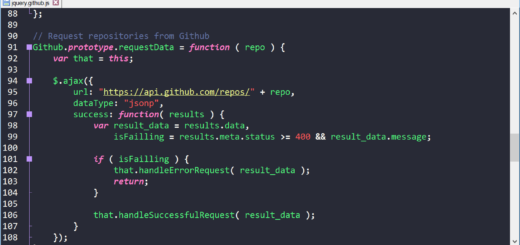How an LMS can automate the training of your workforce
The potential of a Learning Management System (LMS) has significantly broadened overtime. While initially LMS played a key role in online education and distance learning, it has now seeped into the corporate sector as well. LMS are being widely used to provide training and development programmes to the employees. An LMS helps with boosting employee performance and reducing training costs.
Moreover, LMS is a step forward towards an automated and seamless training approach. Here are some ways an LMS can automate the training of your workforce and its subsequent benefits.
Attendance and Notification
An LMS eliminates the need of monitoring the attendance of each and every employee for training seminars and programmes. It is a convenient system for the management to keep track of those who have or haven’t taken then the training.
Also, it delivers prompt notifications regarding the training sessions so that no employee misses them. Unlike traditional training sessions, the employees don’t need to put a pause on their tasks to participate in the sessions. This way the employees can incorporate training sessions into their schedules without hampering the time required for work commitments.
Track Progress
An LMS makes it much easier for the management to keep track of the progress the employees are making with the help of the training. Instead of creating a demanding paper trail, an LMS is a much more convenient solution providing automated progress updates.
It can also help analyze the effectiveness of the recent training initiatives in comparison to the previous ones and notify the management when it’s time for retraining.

Flexible Scheduling
Everyone learns at their own pace.While traditional training methods require organising and scheduling face-to-face sessions, LMS allows employees to schedule learning at their convenience to fit their schedules. They don’t have to go back and forth to management to reschedule the training session according to their schedule. It encourages employees to learn at their own pace, which has shown to significantly improve their learning.
This automated scheduling benefits the organisation as well. Especially for smaller organisations, traditional training programmes can cost a lot, while affordable LMS for small businesses go along way. An LMS can help the management to focus on more pressing tasks rather than creating training schedules.
Accessibility
The ease of accessibility of an LMS system encourages employees participation in training sessions. The users don’t need to go to a training location specified by the company. They can easily access LMS whenever and whenever.
This also assists the management as they don’t have to spend time and money to scout a location and plan everything.
Real-Time Reporting
With the help of an LMS, training reports can be scheduled. This automated real-time report delivery helps administrators to schedule as many delivery reports as they want. The real-time reporting will also help the management to assess the progress and effectiveness of the training programs and take actions accordingly.
Whether there is a requirement of a weekly Excel report for the team leader or a monthly PDF report for the company’s CEO, an LMS can automatically schedule reports to whoever, whenever and in whatever format required. This again reduces cumbersome paperwork and saves time.

Managing Training Assignments
An LMS can take into account an employee’s qualifications, job position, department, management level and other factors to create a customized training programme. Instead of a cookie cutter plan, which might not work for everyone, LMS creates an individualized training plan that will be much more effective.
For instance, if an employee’s role changes from being a sales executive to an advertising associate, an LMS will create a training program based on the information and automatically provide training updates without any manual intervention.
Another example is in the case of new hires, the management doesn’t have to take upon themselves to train them. They can just be added to the new hire training plan on the LMS, which will provide them with a training program that includes everything they are required to learn for their job profile. This saves time and reduces error.
Retraining Reminders
An LMS keeps track of all the training sessions and gives prompt reminders for retraining. It can inform you when training is required again to ensure continuous growth and development of the employees. This automated system of imparting training timely will help the employees keep up with the latest knowledge and skills.
In conclusion, an LMS is a powerful tool to automate various daily tasks which otherwise would require manual efforts. It is a form of hand-off administration that develops and provides training plans along with keeping track of the progress and delivering reports. It keeps up with the changing training requirements and ensures that the employees’ have up-to-date knowledge. On top of all these benefits, the automation provided by an LMS not only saves time, money and manual effort but also significantly reduces errors.














